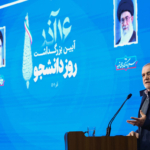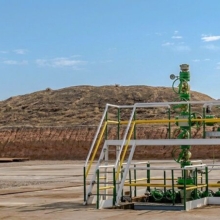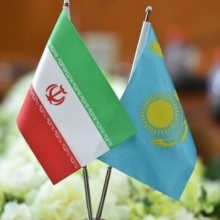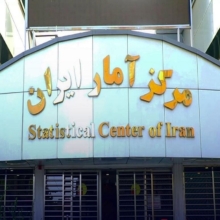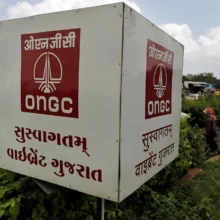India looks to increased oil production from US, Canada to stabilise markets: Puri
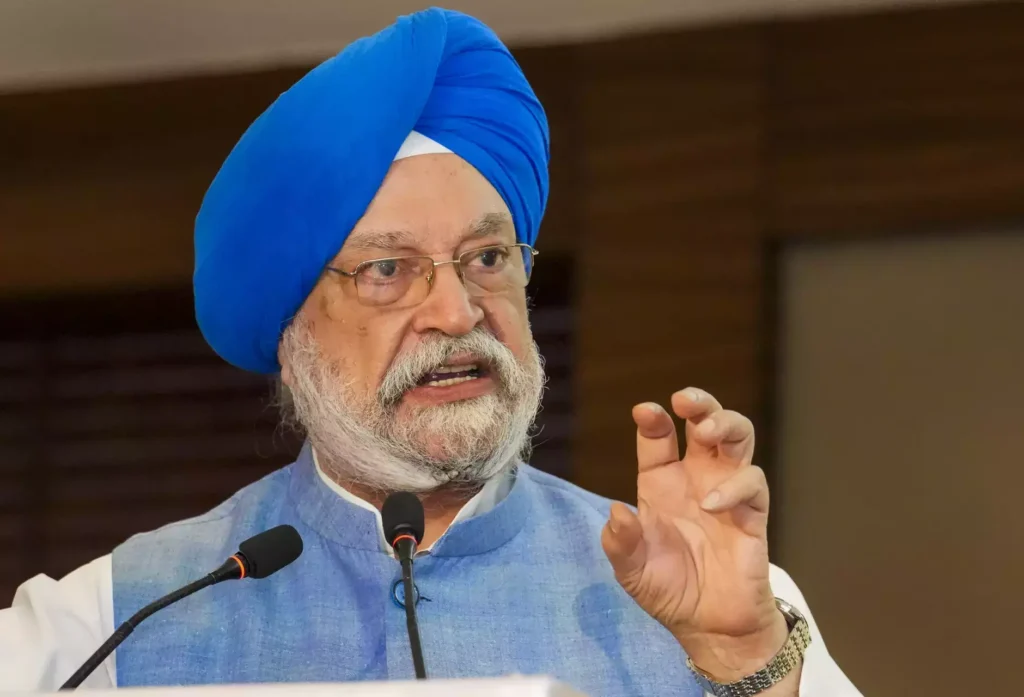
RoydadNaft – India, the world’s third-largest oil consumer and importer, is hopeful that increased oil production from countries like the United States, Canada, and Brazil will help stabilise global oil markets and ease price volatility, Union Petroleum Minister Hardeep Singh Puri said.
Addressing the media, Puri said, “Major oil-producing countries such as the US, Brazil, and Canada are expected to bring more oil onto the market, which should ensure that consuming countries like India do not face supply shortfalls.” He noted that Brazil is set to add 300,000 to 400,000 barrels per day, while the US could contribute an additional million barrels in the coming years.
Puri highlighted that India’s future economic growth, including its ambition to become the third-largest economy by 2028 and a developed nation by 2047, will rely on stable energy supplies and strategic planning.
India’s economic goals and role of public sector enterprises
At the 12th Public Sector Enterprises (PSE) Summit organised by the Confederation of Indian Industry (CII), Puri highlighted India’s transformation from a fragile economy in 2014 to the world’s fifth-largest economy, with a key role played by Public Sector Enterprises (PSEs). “India is poised to become the third-largest economy within the next five years,” Puri said, attributing the growth to robust reforms and PSEs’ contributions.
The Petroleum Minister presented figures indicating the financial performance of PSEs over the past decade. The net worth of Central Public Sector Enterprises (CPSEs) has grown by 82%, from Rs 9.5 trillion in FY14 to Rs 17.33 trillion in FY23, while their contribution to the national exchequer through taxes, excise duties, and dividends has more than doubled from Rs 2.20 lakh crore in FY14 to Rs 4.58 lakh crore in FY23.
Puri also noted an 87% increase in the net profit of profit-making CPSEs, from Rs 1.29 lakh crore in FY14 to Rs 2.41 lakh crore in FY23. The total market capitalisation of 81 listed PSEs grew by 225%, outpacing the PSE index and the BSE Sensex over the last decade.
Focus on energy transition and green hydrogen
Outlining India’s energy strategy, Puri highlighted the need for a balanced approach to energy transition while ensuring security, stability, and affordability. He noted that while India is moving towards cleaner energy sources, fossil fuels will remain part of the energy mix for the foreseeable future.
Puri also spoke about recent reforms in the Exploration and Production (E&P) sector, which have opened new areas for oil and gas exploration. “We have reduced ‘No-Go’ areas in Exclusive Economic Zones (EEZ) by 99%, offering 1,36,596 square kilometers under the Open Acreage Licensing Policy (OALP),” he said.
The minister also underlined India’s growing potential in green hydrogen, describing it as an ideal market for green hydrogen production due to its domestic demand, production capabilities, and consumption trends.
Ethanol blending and renewable energy goals
Puri noted that ethanol blending in petrol has risen from 1.53% in 2014 to 15% in 2024, with India aiming to reach 20% ethanol blending by 2025. Discussions have begun to chart a roadmap for post-2025 targets in the bioethanol sector, aligning with India’s renewable energy objectives.
Support for public sector enterprises
Puri congratulated the CII for organising the PSE Summit, emphasising the importance of such platforms for collaboration and knowledge sharing among PSEs. “These summits help PSEs exchange ideas, challenge conventional practices, and address future challenges,” he said, adding that collective efforts from all stakeholders are essential for guiding India’s PSEs toward sustainable growth and development.


